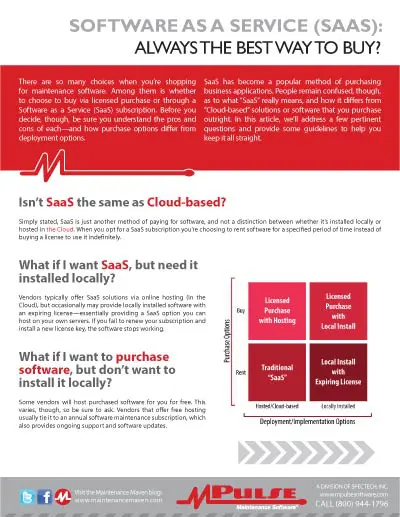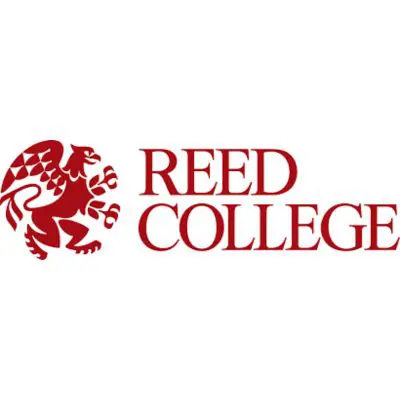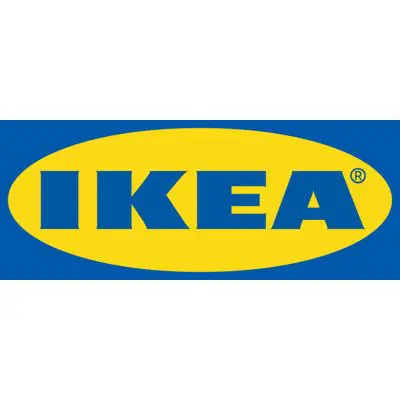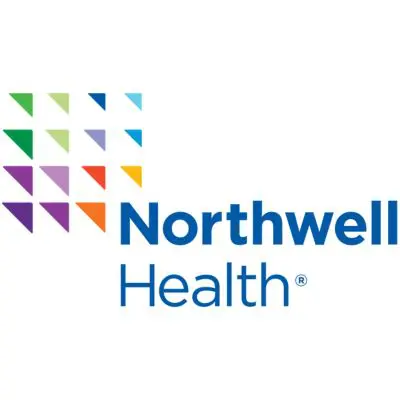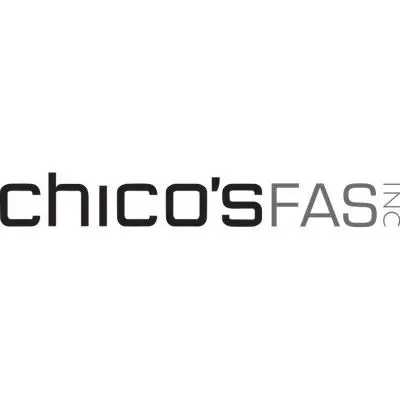There are so many choices when you’re shopping for maintenance software. Among them is whether to choose to buy via licensed purchase or through a Software as a Service (SaaS) subscription. Before you decide, though, be sure you understand the pros and cons of each—and how purchase options differ from deployment options.
SaaS has become a popular method of purchasing business applications. People remain confused, though, as to what “SaaS” really means, and how it differs from “Cloud-based” solutions or software that you purchase outright.
In this article, we’ll address a few pertinent questions and provide some guidelines to help you keep it all straight.
Isn’t SaaS the same as Cloud-based?
Simply stated, SaaS is just another method of paying for software, and not a distinction between whether it’s installed locally or hosted in the Cloud. When you opt for a SaaS subscription, you’re choosing to rent software for a specified period of time instead of buying a license to use it indefinitely.
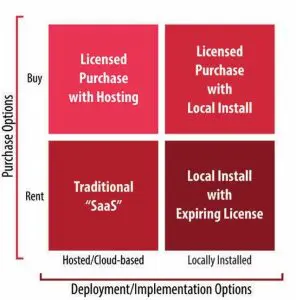
What if I want SaaS, but need it installed locally?
Vendors typically offer SaaS solutions via online hosting (in the Cloud), but occasionally may provide locally installed software with an expiring license—essentially providing a SaaS option you can host on your own servers. If you fail to renew your subscription and install a new license key, the software stops working.
What if I want to purchase software, but don’t want to install it locally?
Some vendors will host purchased software for you for free. This varies, though, so be sure to ask. Vendors that offer free hosting usually tie it to an annual software maintenance subscription, which also provides ongoing support and software updates.
What’s good about SaaS?
More bang for your buck—but only at first. If you have a limited budget, you can get more out of your initial investment in the short term. With SaaS, though, you’ll continue to pay, year after year, eventually spending many times the price it would cost to buy the software outright.
The licensed purchase price for a maintenance management software package is typically equal to two or three years of SaaS payments. SaaS won’t lock you down to a vendor or solution.
Besides the lower startup cost, SaaS gives you the flexibility of not being “locked in” to a single vendor. If you’re on the fence about a new solution, SaaS may provide you a beneficial trial period to determine if the software meets your needs. You can change vendors at any time without abandoning a large investment—or you can purchase the software you’re using.
It may allow you to pay for software without going through a formal procurement process. If your company divides departmental funding into operational expenses (OPEX) and capital expenses (CAPEX), you may be able to spend OPEX money on your software without making a CAPEX request.
What’s bad about SaaS?
It’ll cost you much more over time. There are some misconceptions about the cost of SaaS. When you purchase software outright, you pay an up-front price and own a license to use the software indefinitely.
The upfront cost of a purchased solution is higher, initially. With SaaS, the upfront cost is much lower, but will rise over time because you continually incur monthly or yearly subscription fees.
While SaaS can be more affordable in the short-term, it can quickly become the more expensive option. You have to keep paying to keep your software. In order to keep using the software, you must continue to pay the recurring SaaS subscription. If you stop paying, you lose access completely. If you purchase software and stop paying for support, you still own the license and can continue using the software.
Let’s Do the Math
 Suppose two companies decide to buy software. During year 1, Company A purchases a SaaS subscription for $7,500 per year. Company B buys the software outright for $17,110, and continues to pay 20% of the purchase price in following years to receive support and software updates.
Suppose two companies decide to buy software. During year 1, Company A purchases a SaaS subscription for $7,500 per year. Company B buys the software outright for $17,110, and continues to pay 20% of the purchase price in following years to receive support and software updates.
During year 1, Company A saves a bundle—almost $10,000 compared to the purchase price. By year 4, though, Company A has paid roughly $5,000 more in total payments. By year 10, they will have paid a whopping $34,400 more than Company B—and they still won’t own the software.
Get the Solution That’s Right for You
The decision to go the SaaS route shouldn’t be based on cost alone. Be sure to consider your deployment requirements (local vs. hosted) separately from your purchasing preferences (rent vs. buy). With a little homework, you can find vendors that have the flexibility to meet your unique requirements.

